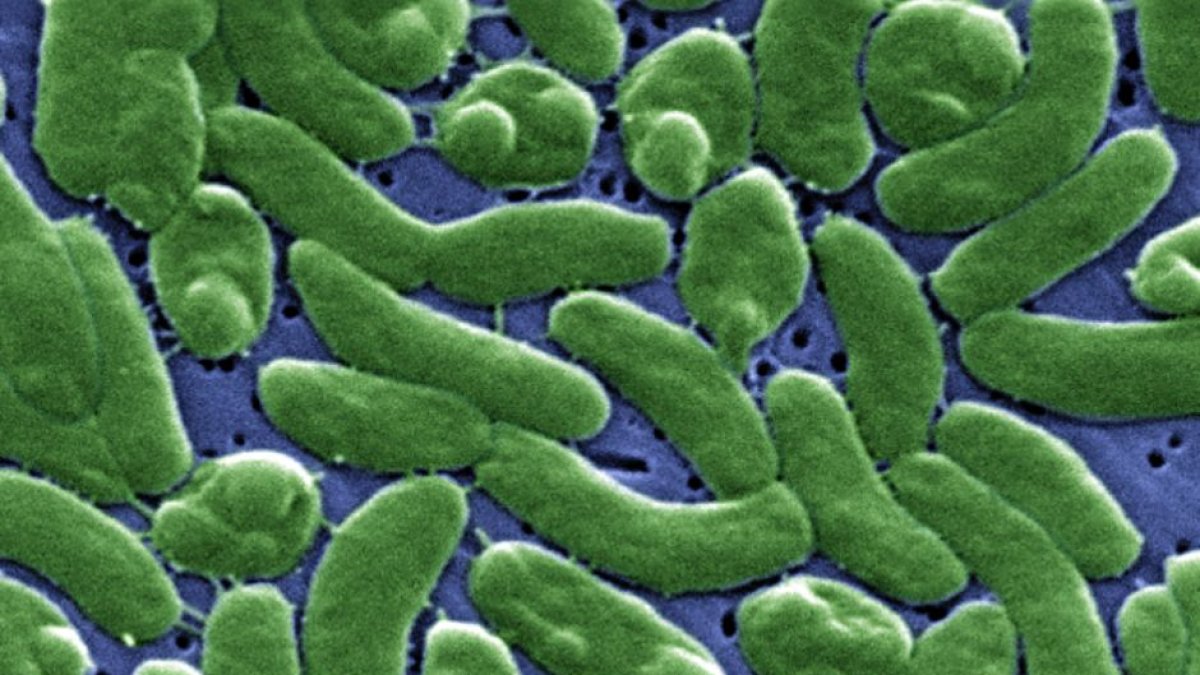Vibrio vulnificus, the new flesh-eating bacteria attacking the coasts of New York and Florida
The infection has so far killed three people in New York and Connecticut. In Florida, five others who were infected have died.

(Wikimedia Commons)
A new bacteria has reached much of the nation. Vibrio vulnificus is a carnivorous bacteria that is attacking the coasts of New York and Florida. In fact, the infection has caused the death of three people and the contagion of a fourth in New York and Connecticut. In the Tampa, Fla., area, five of the 26 people who have been infected so far this year have died.
The bacteria, reports the Centers for Disease Control and Prevention (CDC), is spread when humans eat oysters and fish or shellfish that are raw or undercooked. It can also be contracted via open wounds with such foods or with hot salt water or brackish water that is contaminated by the bacteria.
This last form of infection was what happened to two of the infected people in Connecticut. According to The New York Times, they had been exposed to salt water in the Long Island Sound. The third had ingested raw oysters that had been infected with Vibrio vulnificus. It is unknown what caused the infection of the fourth case.
How to avoid getting infected by carnivorous bacteria
According to the CDC, there are some recommendations to prevent the population from getting infected by this carnivorous bacteria. To avoid an infection by Vibrio vulnificus, one must follow three tips.
First, stay away from salt or brackish water and avoid walking on the shore with any open wounds, such as cuts or scrapes. Second, cover any wounds with a waterproof bandage in the case of unavoidable contact with salt or brackish water or with raw or undercooked fish and shellfish. Finally, wash all wounds and cuts with plenty of soap and water if they comes into contact with salt water or brackish water or with raw fish or shellfish.
Symptoms of Vibrio vulnificus
The symptoms of a person infected by the flesh-eating bacteria, NBC reports, include diarrhea, stomach cramps, vomiting, fever, chills, ear infections and wound infections. In mild cases, the CDC warns, infected patients can take up to three days to recover. However, there are more serious cases that include intestinal problems that appear between 12 and 24 hours after exposure. Ear infections and wounds that will become red, swollen and very painful can also be aggravated and can be accompanied by blisters filled with clear fluid.
In these cases, it is necessary to the doctor immediately, since the infection could worsen and, in some cases, require intensive care or amputation of limbs that can even lead to death. This was alerted to NYT by Dr. William Schaffnerm, a specialist in infectious diseases at the Vanderbilt University School of Medicine:

























